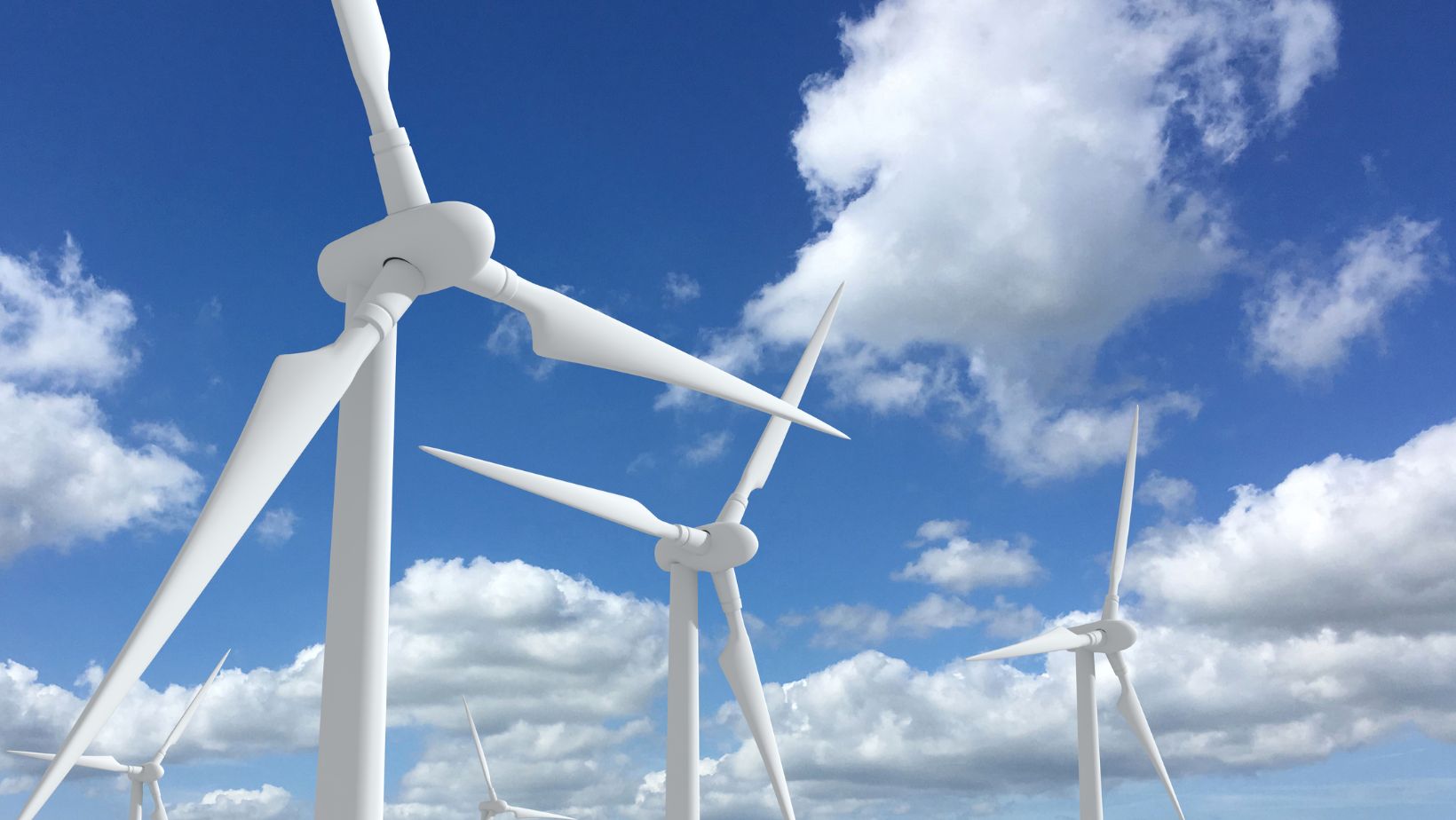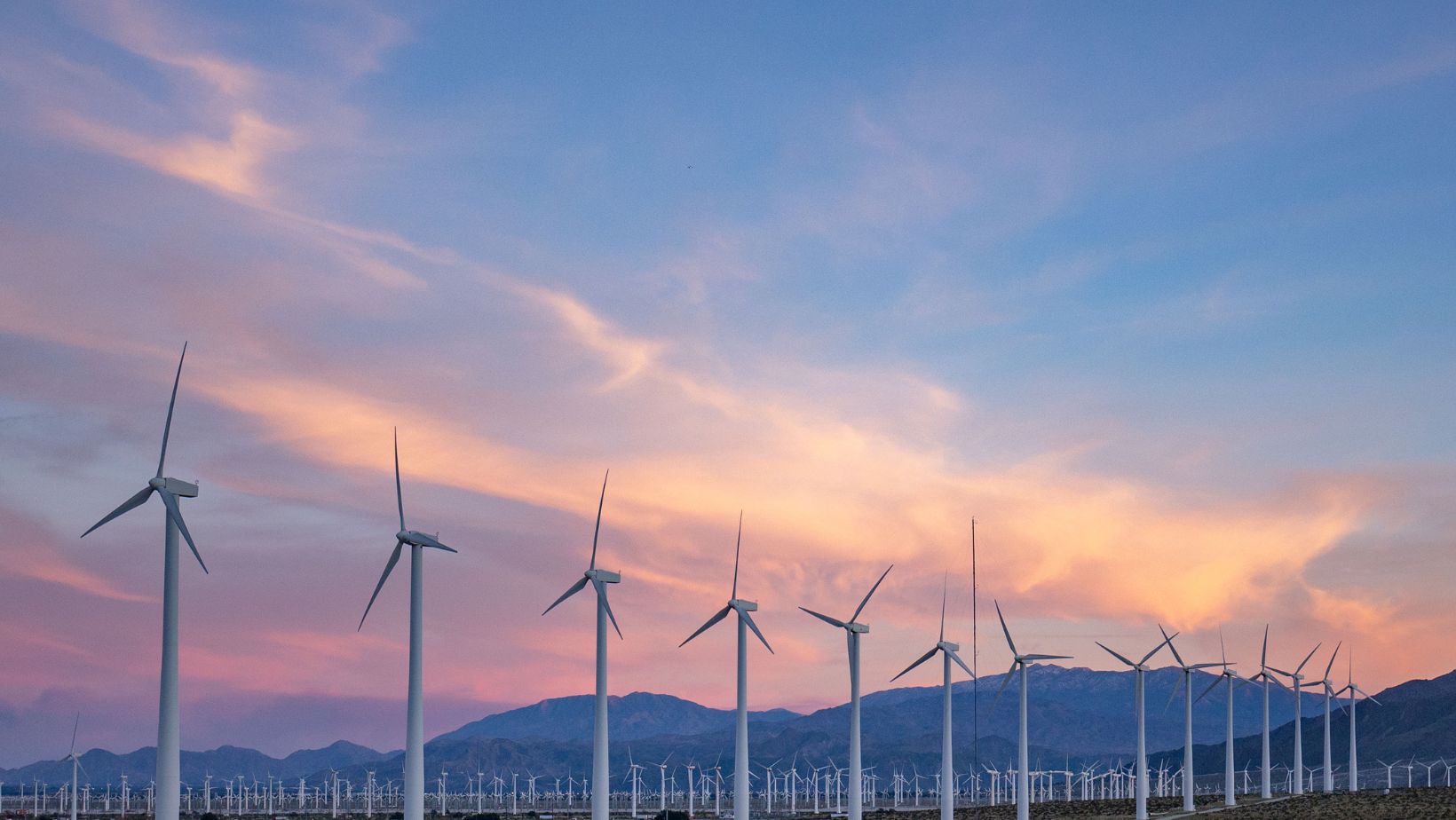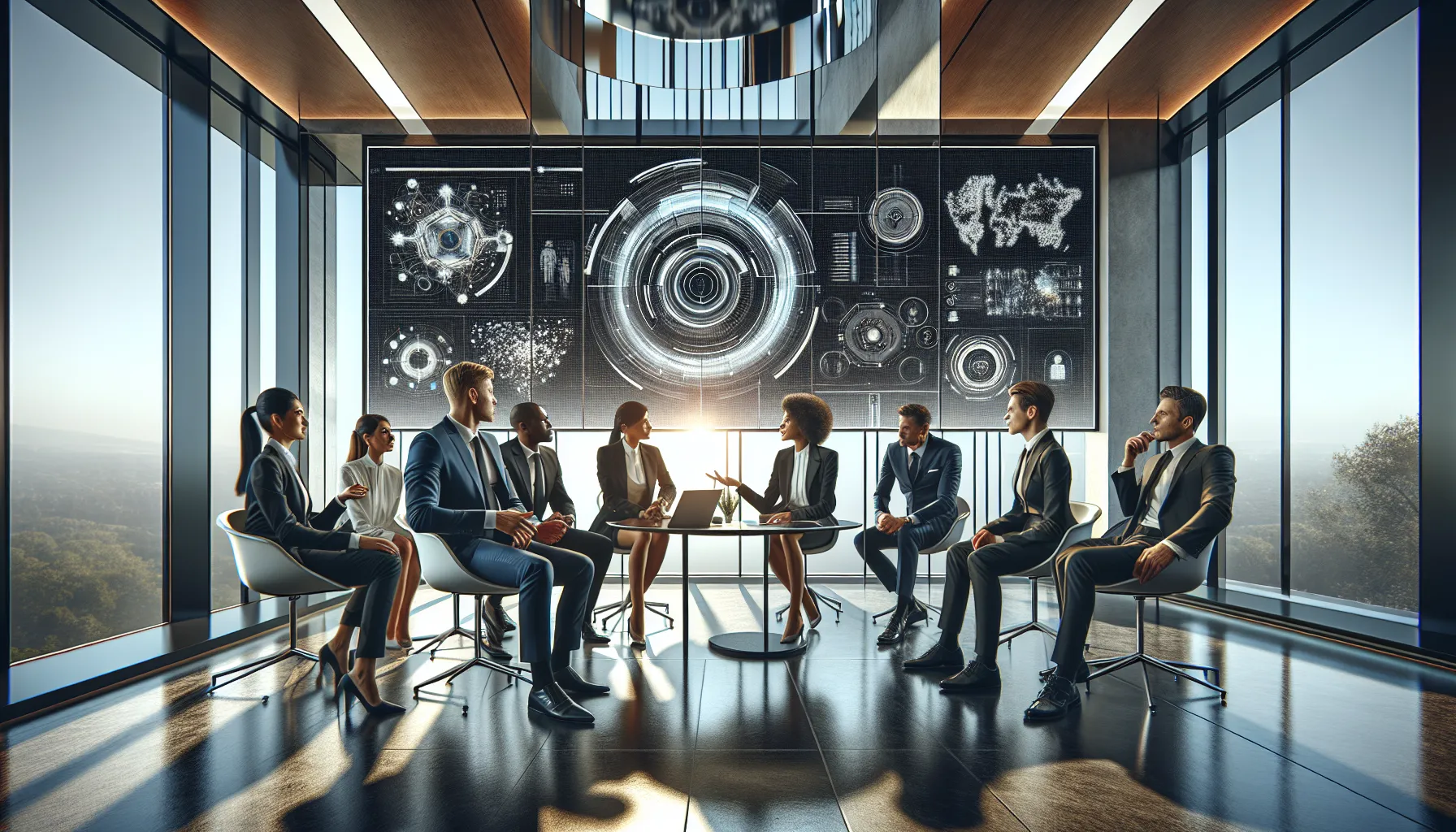Is Wind Energy Actually Renewable?

Contents
ToggleA lot of people (quite reasonably) get confused about what renewable actually means. “Renewable” applies to the fuel, not the hardware – the wind itself is driven by uneven solar heating of the planet and the Earth’s rotation.
We don’t “use it up” by running a turbine the way we burn gas or coal. What carries some environmental impact are the machines we build to capture the wind’s power – towers, blades, foundations, cables – and the way we plug that power into the grid.
Does harvesting wind deplete it?
No. A turbine slows a tiny slice of moving air and turns a little of that kinetic energy into electricity. The wind keeps forming whether the wind turbine is there or not. In that narrow sense, wind is as renewable as sunlight: it keeps arriving day after day, regardless of how we try to capture it..
The life cycle of a wind turbine
Another important question is whether the whole system (manufacture → install → operation → retire) still stacks up compared to the amount of energy that’s saved.
Modern onshore turbines from installers like AIS Wind Energy typically “pay back” the energy used to make and build them within months to a couple of years; offshore machines take longer because foundations and vessels are energy-intensive, but the pattern is the same: a short payback followed by decades of net clean output, compared to the alternatives.
Materials, magnets, and the supply chain
Turbines are industrial products: steel towers, concrete and rebar, copper, electronics, and composite blades, with some models using rare-earth magnets in generators. Mining and fabrication of these various parts all have environmental impacts, so “renewable” doesn’t mean “impact-free.”
What matters is how long these parts last, and how they are reused or recycled. When done properly, this, combined with the amount of pollution that’s avoided through reducing the need for burning hydrocarbons, makes wind energy a big sustainability positive.
Land, wildlife, and sound
Poor siting of these machines can harm birds and bats; good siting and modern curtailment strategies (pausing turbines during specific wind/sunset conditions, for example) cut that risk sharply.

On farmland, the physical footprint is small – the field keeps producing food all around the tower. As for noise, it drops off fast with distance and is subject to tight regulation; most of what people hear at a site boundary is the wind itself.
Material life cycle
When a project retires, towers, nacelles and cables are largely recyclable. Blades are the hard bit but even that is improving. Many sites are repowered: fewer, more efficient machines replace older ones, boosting output on the same ground and using existing grid links.
In short, yes – wind energy is actually renewable. The fuel is endlessly replenished, and the technology surrounding it clears its upfront energy and carbon quickly, then delivers a long tail of low-carbon electricity. The more in-depth answer is conditional: wind is not impact-free, but it remains genuinely renewable when we site projects well, keep materials circular, and plan for end-of-life from day one. Do that, and the label isn’t wishful thinking – it’s accurate.



